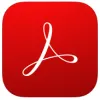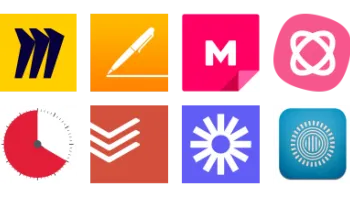Take a look inside 5 images
Adobe Reader
Pros: Trusted name offers a reliable, innovative product that serves many purposes.
Cons: Some exploration time is required to become familiar with all features.
Bottom Line: Versatile tool is a must-have for classrooms working with multiple device platforms.
Uses for Adobe Reader are almost limitless! Students can read texts and annotate as they read. Teachers could share lecture outlines or study guides with students, who can then add their own notes. In a writing workshop, students can peer-edit papers, or teachers can give feedback electronically. Teachers can create worksheets as PDFs and have students complete them on the device and email them back. For organization purposes, teachers can save lesson plans in the app as PDFs and self-evaluate, adding notes and comments for future reference. Administrators too can easily move to a paperless system by using Adobe Reader for signing documents in ARDs and then emailing copies to all relevant parties.
With Adobe Reader, students can open and read PDFs on their own devices. They can set viewing to continuous scrolling or single page as well as adjust the background for night mode for easier reading in the dark. Within the document, they can highlight or add notes with a pen tool, text tool, or comment bubbles. They can also search for specific text within a document. Documents, which can be shared via email or printed, are saved in the in-app document library, which can be customized with folders. Paid subscriptions allow document conversions from Word and Excel to PDF and vice versa, as well as image and scanned-document conversions to PDFs.
Adobe Reader makes going paperless easy, even in environments in which students are using different devices. Documents can't be bookmarked, making book-length reading tricky, but they can be searched by keyword. Marking up and sharing documents is very easy and intuitive, and students can choose to use a text tool or write with a finger or stylus, which gives them options for underlining or circling text as well as for adding lengthier comments. They can even change ink color on their comments so each commenter can have a different color or so teachers can add marks in a more positive color than red. Adobe Reader would be handy in any content area, but it's a must-have for ELA classes.












